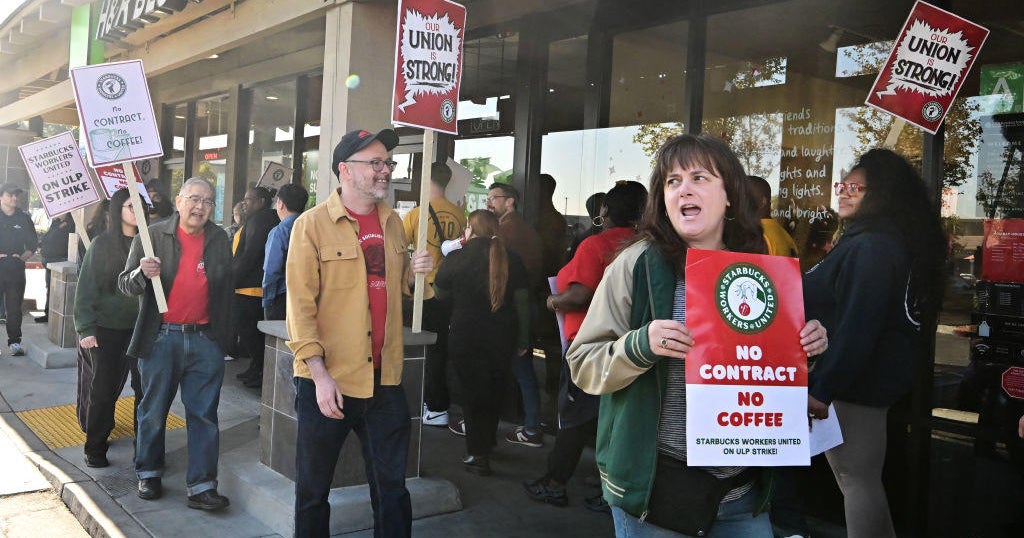High winds in Gulf of Mexico prompt delay for Crew Dragon return to Earth
Four astronauts wrapping up a five-and-a-half-month stay aboard the International Space Station are delaying their return to Earth, from Wednesday to Saturday, because of predicted high winds in the Gulf of Mexico splashdown zone, NASA announced late Monday.
Crew Dragon commander Michael Hopkins, Victor Glover, Shannon Walker and Japanese astronaut Soichi Noguchi, who launched last November 15 in the first operational flight of a SpaceX ferry ship — Crew-1 — now plan to undock from the lab on Friday at 5:55 p.m. ET. That will set up a splashdown in the Gulf of Mexico off the Florida Panhandle coast around 11:36 a.m. Saturday.
Before departing, Walker, the current space station commander, plans to turn the lab over to Japanese astronaut Akihiko Hoshide, who arrived at the outpost Saturday aboard another Crew Dragon, along with Crew-2 astronauts Shane Kimbrough, Megan McArthur and European Space Agency flier Thomas Pesquet.
Hopkins and his crewmates originally planned to undock Wednesday morning and land that same afternoon. Because of the station's orbit and the Crew Dragon's ability to reach a NASA landing site in the Gulf, a return Thursday was not feasible and undocking was delayed to Friday.
Splashdown on Saturday will mark only the second time since 1975 that astronauts from any nation have ended their mission with an ocean landing. Astronauts Douglas Hurley and Robert Behnken concluded a Crew Dragon test flight — Demo 2 — in the Gulf last August 2, paving the way for Hopkins and company.
One lesson learned: Hurley and Behnken landed on a Sunday afternoon amid pleasure boats, and their capsule was soon surrounded by curious onlookers. For the Crew-1 entry Saturday, the Coast Guard plans to establish a 10-mile-wide keep-out zone to protect the returning astronauts from any possible interference and the public from any possible exposure to toxic rocket fuel.
"NASA and the Coast Guard and SpaceX, everybody involved, is very aware of the boats that were around when DM-2 landed," Hopkins said during a news conference earlier Monday. "That is certainly getting a lot of emphasis.
"I don't think any of us are too worried in terms of landing on a boat, but ... the fuel that's used for the thrusters that we have, if there's any kind of a leak, we're okay in the capsule typically, but it's the people in the boats that could be really at the most risk."
The Crew-1 splashdown, wrapping up an extended 166-day flight, is the final step in a complex sequence of four missions over just three weeks, using four different spacecraft, to replace the space station's seven crew members with seven fresh astronauts and cosmonauts.
The swap-out required a Russian Soyuz launch April 9 and another Soyuz landing in Kazakhstan on April 17, followed by the Crew-2 launch from Florida on April 23 and now the Crew-1 landing Saturday, a record pace for the space station program.





